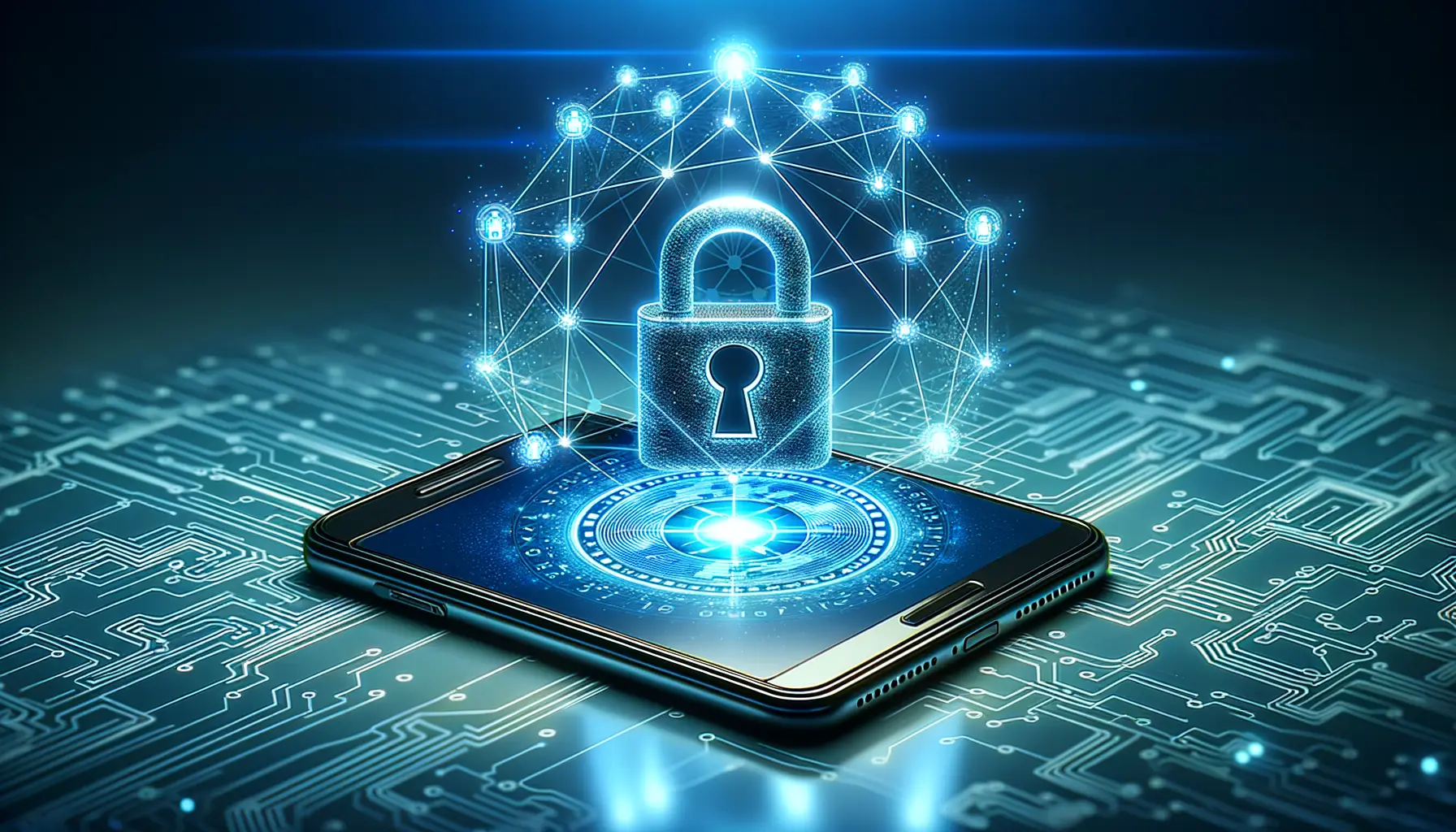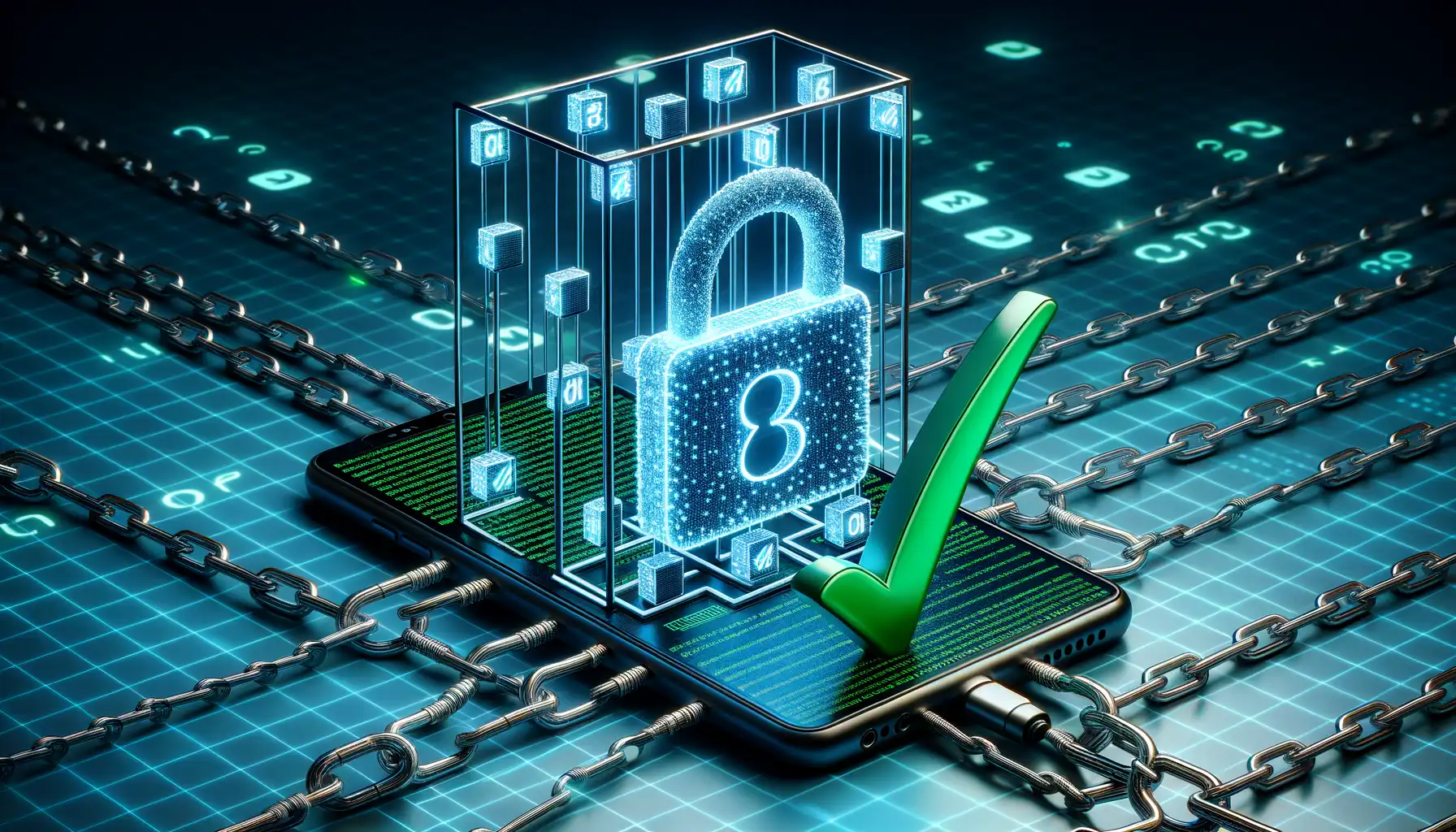Understanding Blockchain Technology
Peeking Behind the Blockchain Curtain
Imagine a digital ledger so rock-solid, so tamper-proof, that it could rival Fort Knox — that’s blockchain technology in a nutshell. At its core, blockchain is a decentralized network where information is stored across multiple computers (called nodes), and every transaction is sealed tighter than an escape room door. The best part? You don’t need to trust a single gatekeeper; the system itself ensures transparency and security.
This isn’t just tech jargon; it’s revolutionary. Picture each “block” as a chapter in a never-ending book, containing vital pieces of data like transactions or records. Each block connects to the one before it, forming a chain. If someone tries to mess with one block? Not so fast! Every other block screams, “Not on my watch!” This interconnectedness makes tampering nearly impossible.
So, when we say blockchain is changing the game in mobile apps, it’s not just hype. It’s innovation in action!
The Role of Blockchain in Enhancing Mobile App Security

Why Blockchain Feels Like Your App’s Personal Bodyguard
Imagine your mobile app as a treasure chest—it holds sensitive user data, passwords, payment details, even personal memories. Now, what if you could lock that chest with an unbreakable digital mechanism? That’s where blockchain technology swoops in like the ultimate security hero.
Here’s the deal: traditional systems store data centrally, which means that if hackers breach the single vault, boom—they’ve got it all. Blockchain flips this script. It decentralizes storage by distributing information across countless nodes, creating a fortress of interconnected blocks guarded by cryptographic protocols.
Why does this matter for app security? Here’s a quick breakdown:
- Immutable records: Once data is recorded on a blockchain, it can’t be altered or deleted. No loopholes for cybercriminals to exploit.
- Decentralization: There’s no single point of failure; even if one node is compromised, the rest protect the data.
- Encryption: Data isn’t just locked—it’s hidden in plain sight using advanced cryptography.
Blockchain doesn’t just secure apps; it redefines trust. Every interaction, every transaction, is transparent and verifiable. It’s like having a bouncer checking IDs at the door of your digital club—nobody gets unauthorized access.
Key Benefits of Using Blockchain for Mobile Data Protection

Why Blockchain Feels Like a Digital Vault for Your Data
Imagine your private mobile data locked away in a treasure chest, guarded by soldiers who never sleep. That’s the power of blockchain technology. Each time you share or store sensitive information—be it personal messages, banking details, or even health data—blockchain turns it into a virtually uncrackable puzzle.
Here’s where it gets exciting: instead of relying on one vulnerable storage location, blockchain scatters your data across a decentralized network of nodes. This means hackers would need to breach thousands of systems at once—a nearly impossible feat. It’s like trying to steal from a bank where every dollar is hidden in a different vault around the world.
- Immutability: Once data enters the blockchain, it can’t be modified or deleted. Forget tampering; the system says, “Not on my watch!”
- Transparency: All transactions are visible to authorized users. You know exactly what happens to your data—and who’s accessing it.
- No Single Point of Failure: Because there’s no central hub, blockchain keeps your data ultra-safe, even if one node fails.
This isn’t just security; it’s peace of mind for an era where privacy feels increasingly elusive.
Real-World Examples of Blockchain in Mobile Apps

Where Blockchain is Already Making Waves in Mobile Apps
Ever wondered how blockchain isn’t just for cryptocurrency fanatics but is weaving its magic into your everyday mobile apps? Let’s dive into some fascinating examples that showcase its potential to turn the ordinary into extraordinary.
1. Digital Identity Management: Remember those endless times you fumbled with passwords or worried about someone hacking your email? Apps like Microsoft Authenticator are leveraging blockchain to protect your digital identity. Every time you log in, your data isn’t stored on some vulnerable server—it exists as a decentralized record, safe from prying eyes.
2. Gaming Rewards & Ownership: If you’re into mobile gaming, you might have heard of Axie Infinity or Gods Unchained. These apps use blockchain to let players actually own their in-game assets like weapons, skins, or characters. You can trade them, sell them, or even flaunt them—it’s like owning treasure in a digital vault!
- Secure Payments: Apps like CryptoPay enable fee-free payments between users, secured through blockchain’s ironclad encryption.
- Healthcare Solutions: Blockchain-powered mobile apps like Patientory ensure your medical records travel safely without being tampered with.
Who knew that little piece of tech in your pocket could become the gateway to such futuristic solutions?
Challenges and Future of Blockchain in Mobile App Security

Cracking the Code: Challenges That Blockchain Faces
Let’s get real—blockchain isn’t some magical silver bullet for all mobile app security problems. Like a daring adventurer, it faces its own set of hurdles to overcome. For starters, scalability is a huge stumbling block. Sure, blockchain is ultra-secure, but as more users and apps hop on the chain, things can slow down faster than a snail in molasses. Imagine opening your favorite app only to wait an eternity for transactions to process—it’s frustrating enough to make anyone uninstall in seconds!
Then there’s the cost factor. Implementing blockchain technology isn’t exactly pocket change. The energy consumption involved, especially for proof-of-work blockchains, has sparked heated debates on sustainability. Developers and businesses are left scratching their heads over how to balance innovation with practicality.
And let’s not forget regulatory hurdles. Laws around blockchain are like quicksand—always shifting, hard to predict, and dragging down progress. Navigating these uncharted waters takes serious strategic foresight.
Forging Ahead: The Future of Blockchain in App Security
What’s next? Well, the future isn’t all doom and gloom—far from it! Blockchain holds enormous potential to transform mobile app security in ways we’re just beginning to imagine. Here are a few game-changers we could see on the horizon:
- Decentralized Identity Verification: No more passwords! Blockchain could use cryptographic keys to verify user identities, making hacking attempts nearly impossible.
- Hyper-Personalized Security: Techniques like smart contracts could allow apps to adapt security measures dynamically based on the user’s behavior or preferences.
If we can crack the scalability nut and refine regulatory frameworks, blockchain might just become the cornerstone of app security. It’s a marathon, not a sprint—but oh, what a race it promises to be!
